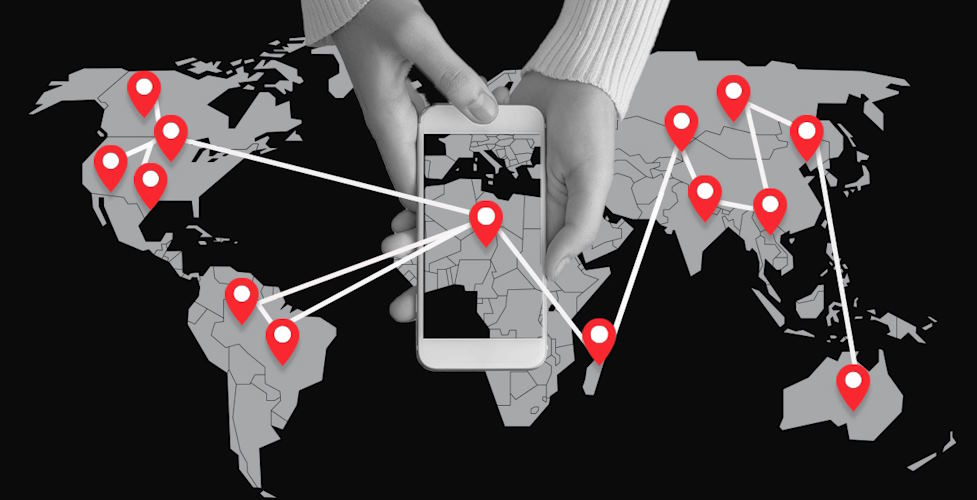
The emergence of the COVID-19 pandemic presented an unprecedented global challenge that required swift and effective responses from governments worldwide. In this battle against an invisible foe, public communication emerged as a crucial weapon in disseminating accurate information, shaping public behavior, and instilling a sense of solidarity. How different countries approached the task of sharing COVID-19 information has played a significant role in shaping public understanding, trust, and compliance with preventive measures.
The Role of Public Communication in a Pandemic
Informing and educating the public:
In times of crisis, effective public communication becomes the lifeblood of a nation’s response to a pandemic. Through timely and transparent dissemination of information, governments can keep the public informed about the latest developments, the risks posed by the virus, and the precautionary measures needed to stay safe. Clear and accessible communication channels, such as press briefings, websites, and social media updates, empower individuals with the knowledge necessary to make informed decisions for themselves and their communities.
Building trust and credibility:
Trust is the foundation upon which successful crisis management stands. During a pandemic, building and maintaining trust in public institutions and authorities is essential. Open and honest communication fosters confidence among the populace, ensuring they perceive government actions as reliable and in their best interests. By being forthright about challenges and acknowledging uncertainties, officials can establish credibility and encourage public cooperation.

Dispelling misinformation and rumors:
Misinformation can spread rapidly in the age of social media, creating panic and hindering the effectiveness of public health measures. An integral part of public communication during a pandemic is countering false information with verified facts. Health authorities and experts must actively debunk myths, clarify misconceptions, and address rumors with evidence-based information. By doing so, they prevent the proliferation of dangerous falsehoods and allow the public to make decisions based on accurate data.
Encouraging public compliance with health measures:
Communication serves as a powerful tool to drive behavioral change. By consistently and persuasively communicating the importance of adhering to health guidelines, such as wearing masks, practicing social distancing, and getting vaccinated, governments can encourage widespread compliance. Tailoring messages to resonate with different demographics and using positive reinforcement can enhance the likelihood of public adherence to crucial health measures.
The Challenges of Communicating COVID-19 Information
The rapidly evolving nature of the pandemic:
One of the most significant challenges in communicating COVID-19 information is the speed at which the situation evolves. The scientific understanding of the virus, its transmission, and the effectiveness of preventive measures undergoes constant updates. As new data emerges, public health messages must adapt accordingly, leading to potential confusion among the public. Striking a balance between providing up-to-date information and avoiding contradictory messages requires nimbleness and constant vigilance from authorities.
Dealing with uncertainty and scientific complexities:
COVID-19 presented the world with numerous scientific complexities that even experts grappled to fully comprehend. The uncertainties surrounding the virus’s origin, long-term effects, and potential treatments posed communication challenges. Public health officials had to convey information despite ongoing research and without definitive answers, which risked undermining public trust. Acknowledging uncertainties transparently and emphasizing reliance on the best available evidence helped mitigate this challenge.

Balancing public health and economic concerns:
Communicating during a pandemic requires a delicate balancing act between safeguarding public health and addressing economic concerns. Lockdowns and restrictions aimed at curbing the virus’s spread can cause economic hardship and anxiety. Articulating the necessity of these measures while offering support and relief to affected individuals and businesses is essential. Striving for a clear and empathetic message can help the public better understand the trade-offs involved.
Handling misinformation and conspiracy theories:
The digital age has made misinformation and conspiracy theories rampant, creating a “infodemic” alongside the pandemic. False narratives about COVID-19’s origin, transmission, and cures circulated widely, causing confusion and distrust in official information sources. Public health authorities faced the challenge of countering these falsehoods while avoiding the “backfire effect” that could entrench misguided beliefs. Collaborating with credible sources, fact-checkers, and social media platforms was vital in combating the spread of misinformation.

